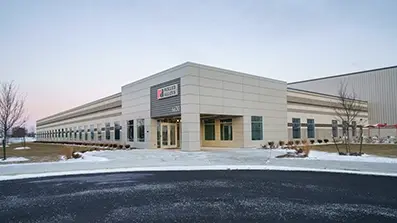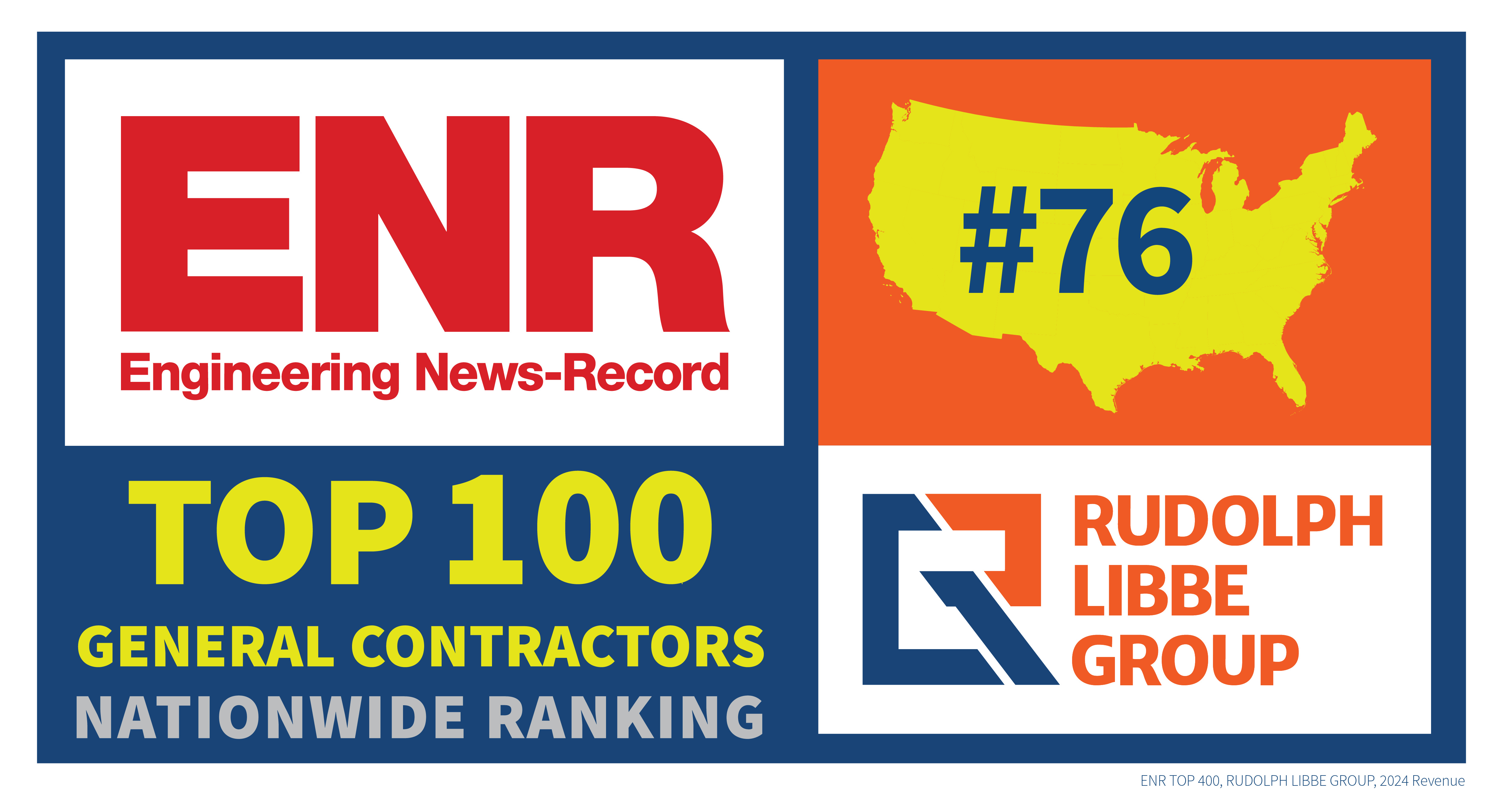START WITH US. SUCCEED WITH US.
From site selection and construction, to process optimization and facility management—and more—when our team of multi-disciplined experts get involved early, you’re set up for success for the long run.
Select an option below:
-
Expand My Business
-
Find My
Property -
Increase My Capacity
-
Maintain My Facility
-
Optimize My Energy
Expand My Business
Whether you're building a new facility to meet your growing business, or have a small construction or renovation project, the Rudolph Libbe Group has the right teams, tools and processes to ensure your business success.
Learn More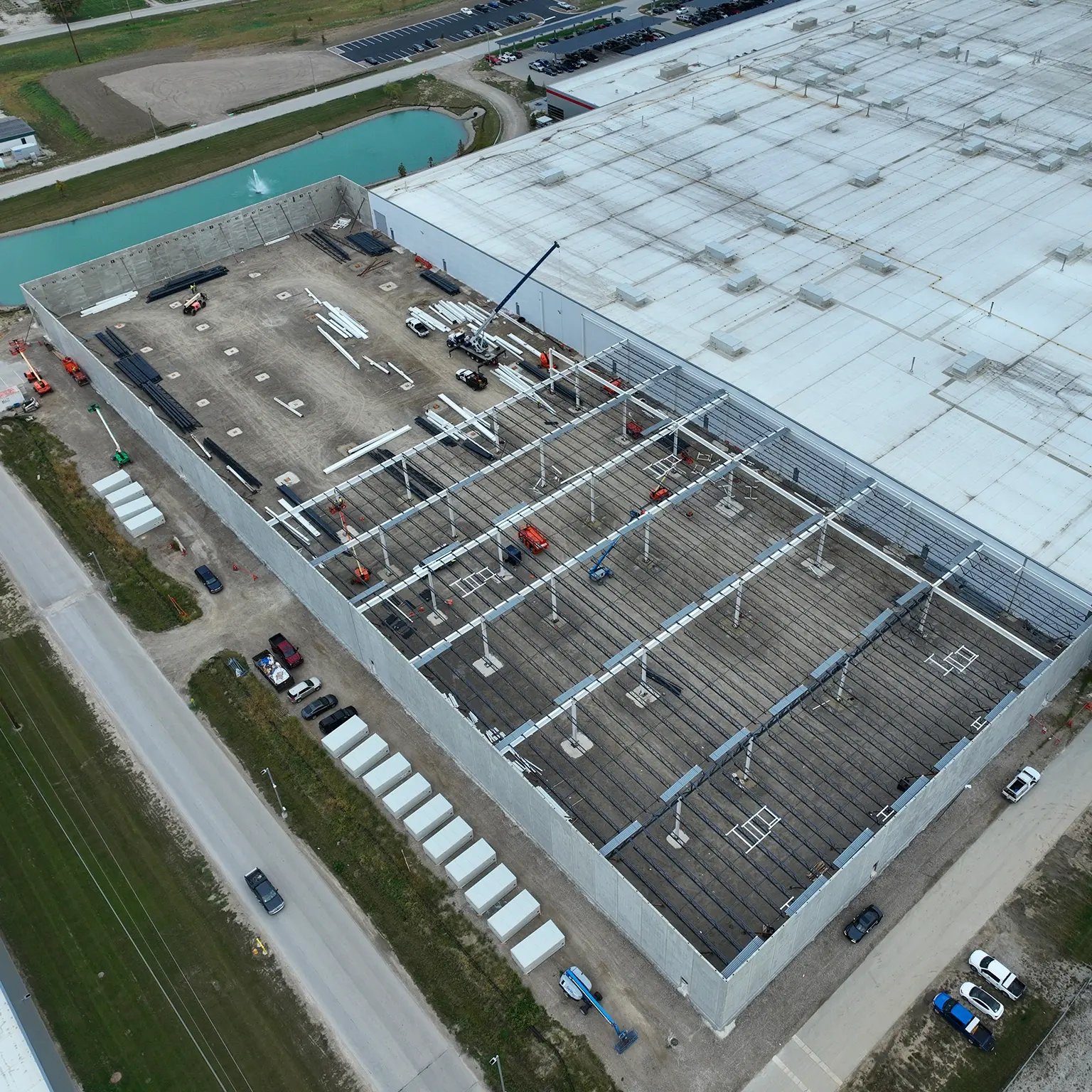
Find My Property
The experts at Rudolph Libbe Properties leverage our proprietary SiteLine integrated expansion solutions to help you find the space that perfectly suits the unique needs of your business, both for now and for the future.
Learn More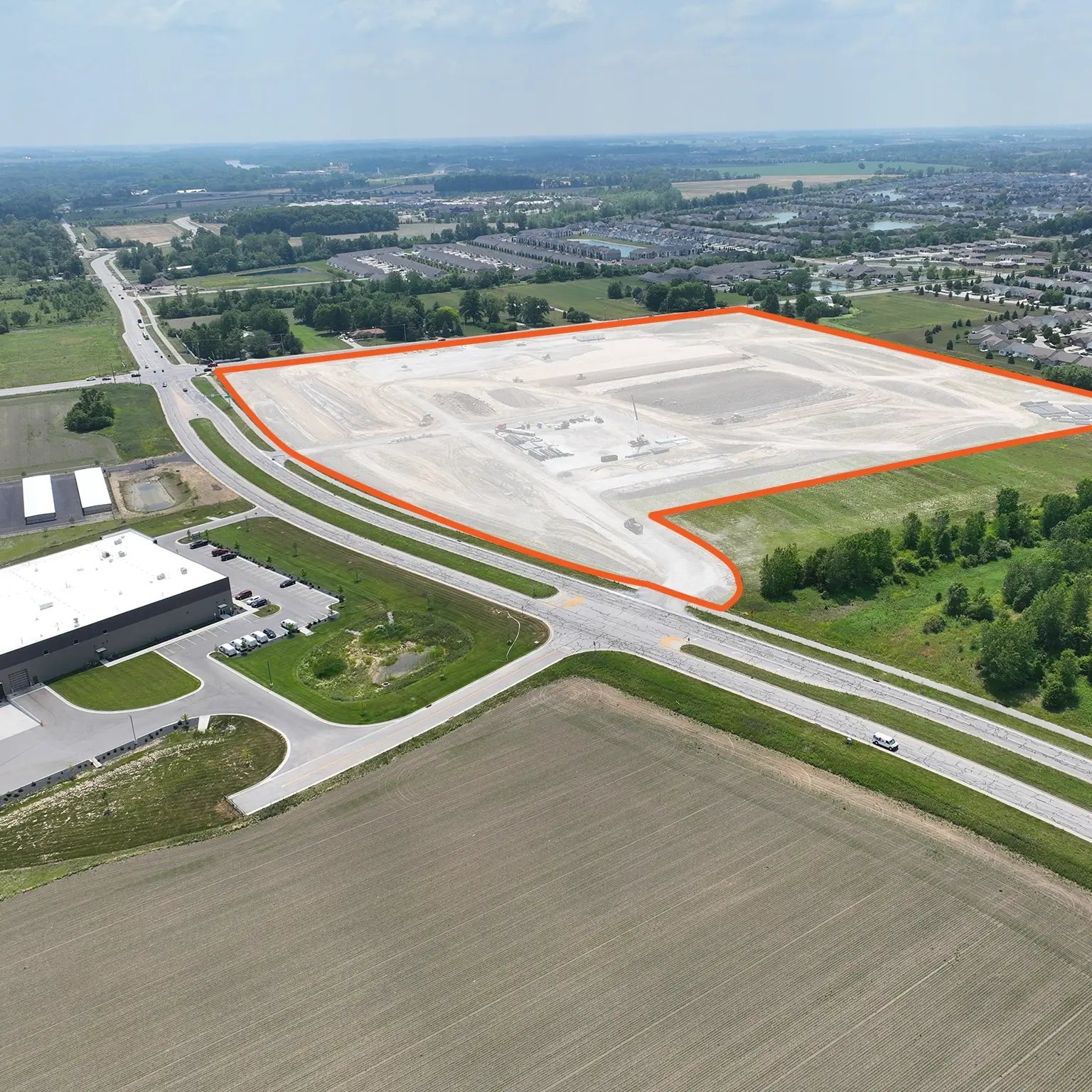
Increase My Capacity
Whatever the process or manufacturing need, Rudolph Libbe Group is ready to go to work, employing our exclusive GPS Guided Process Solutions to help you to optimize your complex facility upgrade, and challenge the status quo of the traditional design/bid/build approach.
Learn More
Maintain My Facility
From facility management and HVAC services, to industrial site maintenance and small construction projects, Rudolph Libbe Group and our FM 360 Total Management Solutions will keep your facility operating smoothly—allowing you to concentrate on your core business.
Learn More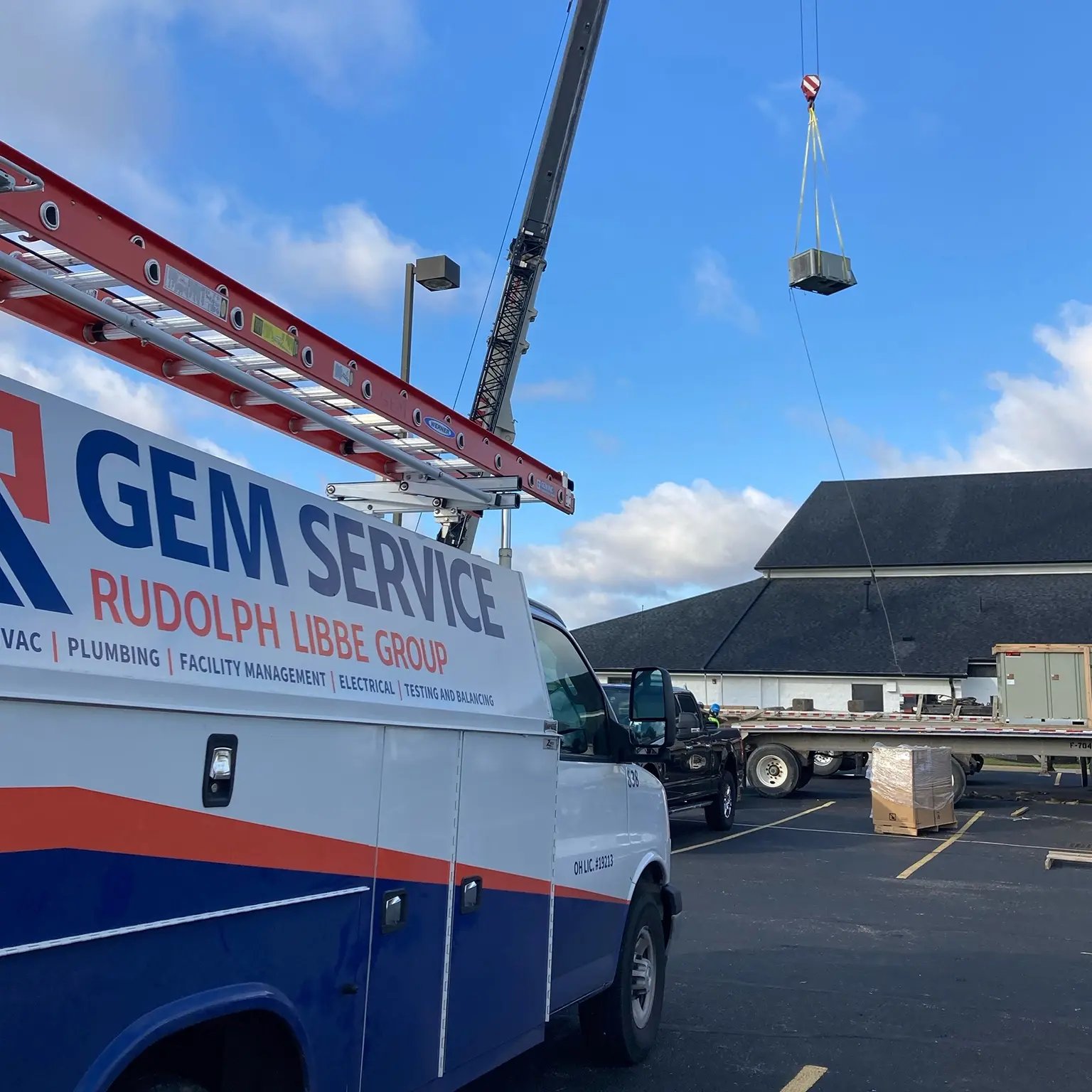
Optimize My Energy
From funding through design/build to ongoing maintenance, the Rudolph Libbe Group can help your business build an energy platform to save money, gain efficiencies, and create resiliency to reduce risk.
Learn More
Service And Project Delivery Programs That Deliver Unequalled Expertise
Our proprietary programs leverage the Rudolph Libbe Group's integrated, multi-disciplinary expertise to add greater opportunity and value to our customers.
The Proof Behind The Performance
View the critical statistics that support our success across a variety of key categories.
RLG Highlights
FROM OUR BLOG
Get Inspired With These Small Construction Project Examples
Jun 27, 2023
Heavy Equipment Moves Easily with Versa-Lift
Feb 6, 2020

